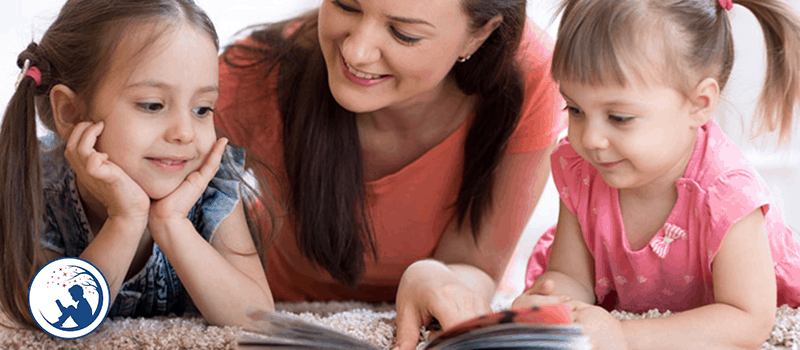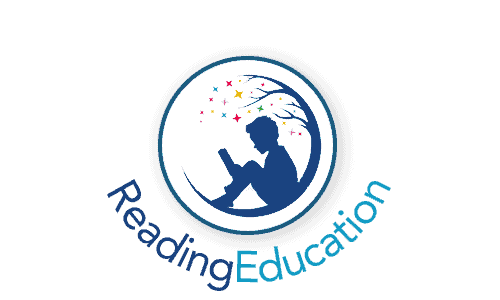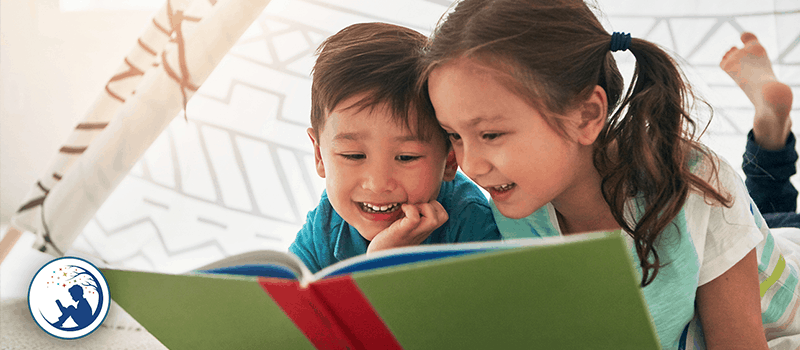There can be no doubt that learning to read is a vital skill that every child must master.
The process of learning to read is both slow and gradual, and one that will take many years – both at home and at school – until a child is a fully confident and fluent reader. While there are many ways to skin the proverbial cat, I.e. there are a myriad of methods and techniques that can be utilised to develop your a child’s reading skills, there is one aspect of the process that must remain constant regardless of which strategies are being employed to achieve the overall goal.
The ‘constant’ I am referring to are the ‘Five Pillars’ of learning to read; five facets that must lay at the heart, the foundation, of the learning-to-read process. Once you are aware of these five cornerstones, you can manufacture reading-based games and activities to incorporate one, two, three, four or all five of them. So, in today’s article, we’re going to delve into the ‘Five Pillars’ of learning to read and discuss, in relative depth, what they are and what role they play in developing your child(ren)’s reading skills and abilities.
The Five Primary Components of Learning to Read

#1. Phonics
In short, ‘phonics’ is the process by which the sounds in words are mapped to written letters. Of all of the skills listed in this piece, phonics is one of the earliest skills a child should develop. Why? Because it provides an introduction to the association between letters and sounds – more commonly referred to as the ‘alphabetic principle’.
A dearth of instruction with regards to phonics in the early stages of childhood can lead to reading difficulties further down the line; therefore, it is essential that children are able to fully grasp the concept that written down or printed text represents the sounds of words (and how they are spoken). There are a plethora of phonics games and activities you can perform with your child at home (read our article on them here). These activities will aid in the development of early phonics skills; however, it is crucial that they are paired with standard reading.
#2. Phonemic Awareness
Phonemic awareness is developed through learning about sounds (phonemes), words, and syllables. All words in the English language are made up of an amalgamation of individuals sounds, commonly referred to as ‘phonemes’. For example, the word ‘drab’ consists of four individuals sounds – d/r/a/b. Phonemic awareness is the capability to hear, identify, and ultimately, manipulate the individual sounds. It is by far and away one of the most fundamental skills a child requires to enable them to learn to read. By playing word activities and games, listening to someone read, and partaking in language play, a child will develop phonemic awareness from a very early stage in their infancy.
#3. Vocabulary
Another fundamental facet of reading (and academic) success is a deep-seated and expansive grasp of the English language and the words that exist within it. The more words we learn, the more accomplished we become at not only reading but also understanding literature – be it fiction non-fiction.
The more expansive a child’s listening and speaking vocabulary, the greater amount of words they will be able to add to their writing and reading vocabularies with comparative ease. Reading a wide array of books is probably the most effective strategy for a child to expand their vocabulary.
In the early stages of learning to read, the most important words that a child can learn are ‘sight words’, which typically include high-frequency words such as ‘the’, ‘I’, ‘is’, ‘as’, ‘an’, ‘be’ etc. The first 90-100 sight words account for more than 50% of most book texts for children in the early stages of learning to read; therefore, it is exceptionally beneficial for a child to them as early in their reading journey as possible.
#4. Fluency
There are a multitude of skills that contribute to the reading fluency in children. These include, but are not limited to: time spent reading books (of an appropriate level), adept phonic decoding skills, and an expansive (and expanding) knowledge of high-frequency words recognised on sight. The more children read, the more accomplished they become at reading with both accuracy and speed.
Having fluency allows children to rapidly bridge the gap between recognising a specific word and understanding what it means. As fluent readers don’t need to concentration on ‘decoding’ words on the page, they can, instead, enjoy the complete freedom of focusing on the meaning conveyed by the text as a whole. Fluency is a skill that is acquired as a child builds their phonemic awareness, vocabulary, and phonics skills (the three pillars mentioned above). Furthermore, it’s also beneficial to note that by regularly reading about to your child, you furnish them with a ‘vocal model’, which allows them to understand what fluent reading is and what it sounds like.
#5. Reading Comprehension
Proficient readers are profoundly engrossed by the stories they read. They envisage details beyond those laid out in the text, they hear the characters voices in their head, and they conceptualise the characters and their personality traits. Accomplished readers think about what is happening and feel a connection to the emotions felt by the stories characters.
With regard to non-fiction texts, skilful readers absorb information, expand their vocabulary, and connect what they read with other information sources in order to further understanding go new subjects and concepts.
Both of the above are clear indications that your child has a full and prolific comprehension of the books and texts they read. Although it is a complicated skill that requires time, practice, and effort to develop to a great extent, it will, of course, come with a plethora of great rewards. It goes without saying that reading for meaning is the topmost goal, where learning to read is concerned. Compression is a skill that will not impact a child’s future reading capabilities but will also influence their overall academic ability through school, college, university, and beyond. To facilitate this, ask your child to talk about what they have been reading and encourage them to discuss it with you and/or other adults, as this will help them further their skills and give you an idea of their current level of reading comprehension.
To learn more about improving your child’s reading comprehension skills, read our article here.
Thank you for taking the time to read our blog; we really appreciate your time and hope you found this article informative and helpful. If you have any comments, questions, or suggestions, please don’t hesitate to get in touch!

